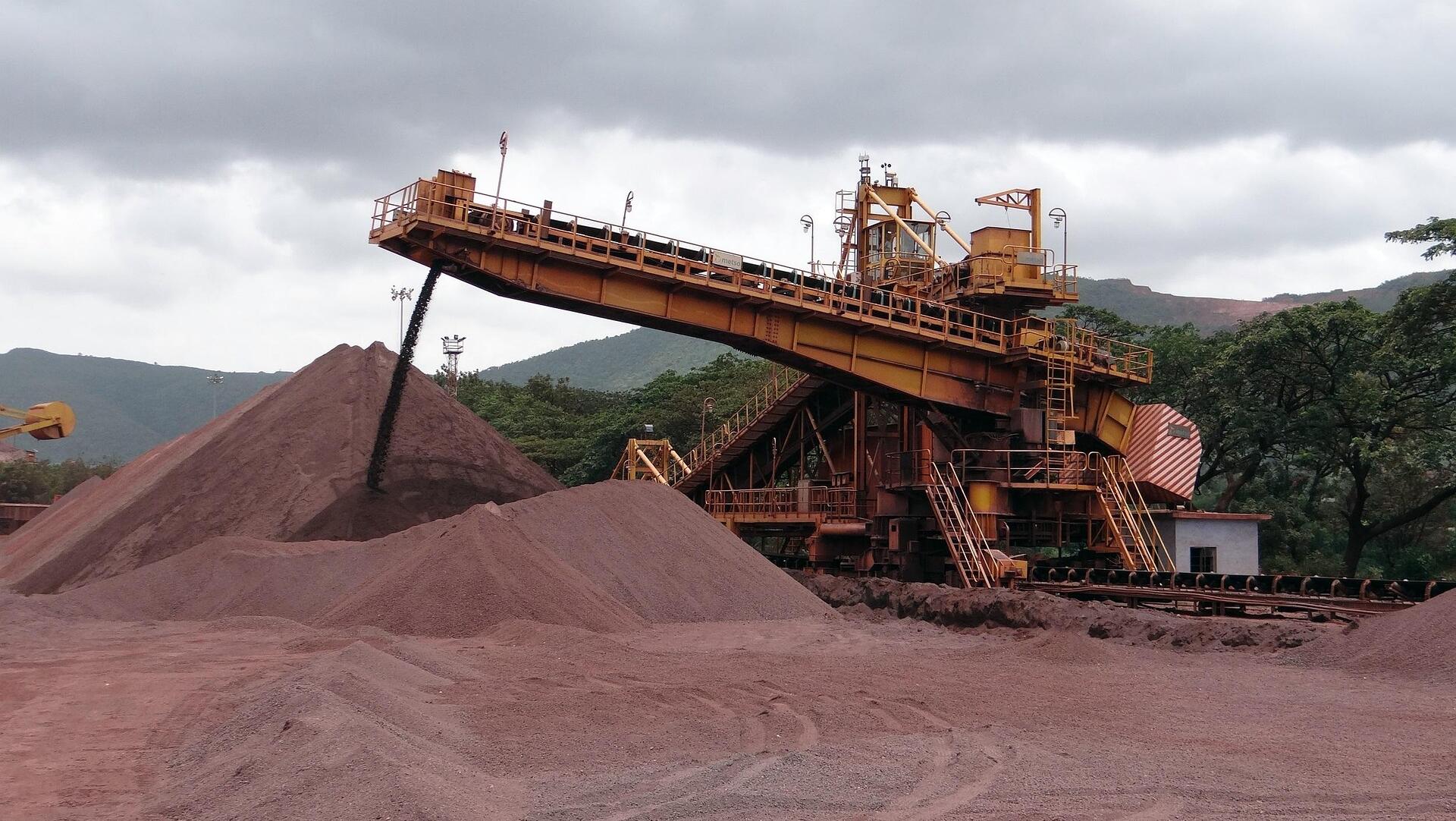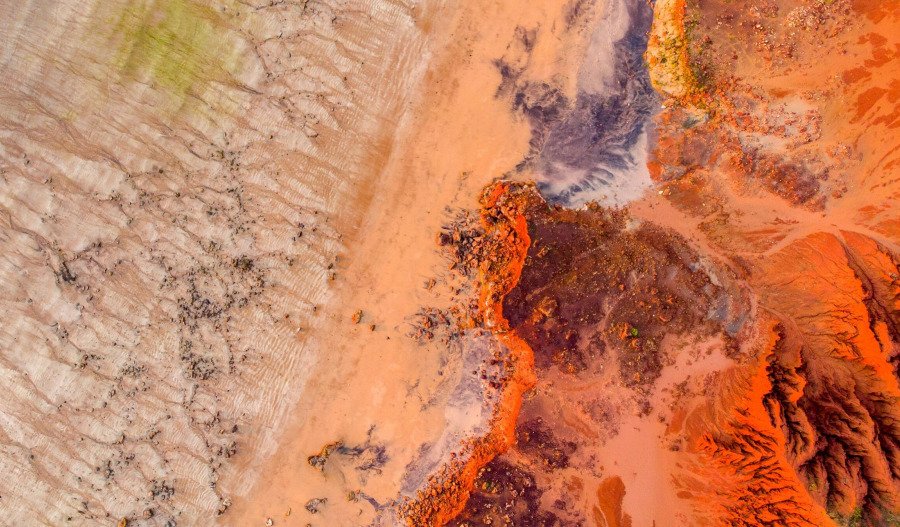Global mining giant Rio Tinto (ASX: RIO) and unlisted counterpart Hancock have put paid to concerns Western Australia's Pilbara region - regarded as the backbone of the Australian economy - is becoming a wasteland by committing $2.5 billion to a new mine expansion.
Having received approvals from traditional owners plus the state and federal governments, both parties will proceed with the development of two new iron ore pits at the existing Gina Rinehart-owned Hope Downs project, 1,200 kilometres north of Perth.
While the approval process for the Hope Downs 2 project commenced five years ago, it was shelved in the wake of the global backlash the listed miner received after knowingly blasting a 46,000-year-old rock shelter in the now infamous Juukan Gorge.
Once operational in 2027 the Hope Downs 2 project – which will mine Rio and Hancock’s Hope Downs 2 plus Bedded Hilltop deposits – is expected to produce an additional 31 million tonnes of iron ore annually from the pits and create 950 new jobs.
While it’s understood that Hancock is also keen to see deposits referred to as Hope 3, 5 and 6 developed in short order under the new joint venture, these are not within Rio’s mine replacement timetable.
Rio and Hancock are expected to go 50/50 on the expected $20 billion in new infrastructure and equipment in the region over the next three years.
Allowing for access to the deposit will also require the building of railway crossings, haul roads and realigning 6km of the Great Northern Highway.
Rio Tinto iron ore CEO Simon Trott described the approval of Hope 2 as a key milestone for Rio Tinto, as the company invests in the "next generation of iron ore mines" in the Pilbara.
"These projects are part of our strategy to continue investing in Australian iron ore and to sustain Pilbara production for decades to come, supporting jobs, local businesses and the state and national economies," said Trott who is a leading contender to replace outgoing CEO Jakob Stausholm.
"The Pilbara has been critical to global steel supply for more than 60 years, and we are committed to ensuring it remains so well into the future."
Rio is working towards producing a combined volume of 360 million tonnes of iron ore annually, across its various iron ore mines in the Pilbara.
The miner expects the Rhodes Ridge project, located near the Hope Downs mines, to become central to its Pilbara iron ore operations from 2030.
Today’s announcement follows the opening two weeks ago of the Western Range mine, a joint venture between Rio Tinto (54%) and Baowu (46%).
It’s understood that the Western Range mine has the capacity to produce up to 25 million tonnes of iron ore annually and is expected to sustain the existing Paraburdoo mining hub for up to 20 years.
News of the Pilbara expansion is a vote of confidence for both the industry and region which Fortescue Metals (ASX: FMG) chairman Andrew Forrest has warned risks becoming a wasteland due to falling China demand and poorer quality ore now being mined.
In May, China's steel production dropped by 6.9% and falling demand has materially impacted state-based revenues.
The recently handed down WA State Budget forecast a drop in royalties from the iron ore industry by $1.8 billion in 2024-25 due to its price drop and an expected decline in iron ore volumes.
The budget also projected iron ore royalty income to decline by $2 billion in 2025-26.



